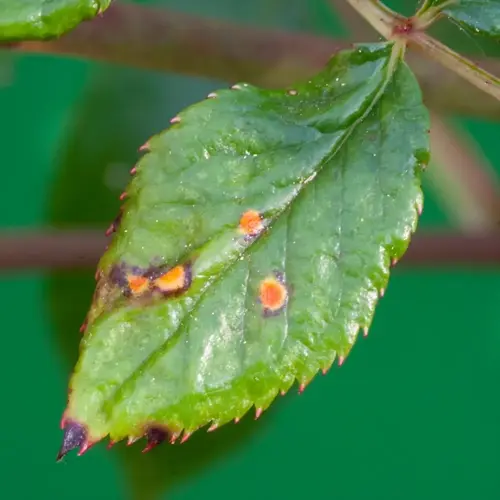What indicates successful repotting?

Written by
Kiana Okafor
Reviewed by
Prof. Samuel Fitzgerald, Ph.D.Successful repotting of snake plants shows clear results within weeks. These results show it has adapted well to its new environment. I usually check for signs of active growth and lack of stress symptoms as confirmation of success. A healthy plant shows its recovery through specific physical changes.
Foliage Changes
- New leaf emergence within 4-6 weeks
- Firm upright leaves without drooping
- No yellowing or browning on existing leaves
- Increased leaf production rate
Root Development
- Visible white root tips at drainage holes
- Roots extending to container edges
- Firm rhizomes without mushiness
- Improved water absorption efficiency
Ensure improvements in water absorption are tracked by how fast the drying process of the soil occurs. Well-repotted plants will require regular watering. I track the frequency of watering and compare it with the pre-repot behavior. A healthy root system will effectively absorb moisture without a pooling effect.
Recognize growth acceleration based on quicker leaf production; ideally, all new leaves maintain or exceed prior rates. I access leaf length once per month to provide information on the recovery rate. Successful plants typically produce several pups around the same time.
Be on the lookout for stress absence, such as unrelenting wilting or discoloration. Plants that have been transplanted successfully will display vibrant color in their leaves without spotting. I inspect both surfaces of leaves and basal stems on a weekly basis. Any plants without issues will not require intervention, apart from follow-up care.
Read the full article: Repotting Snake Plants: Essential Guide

